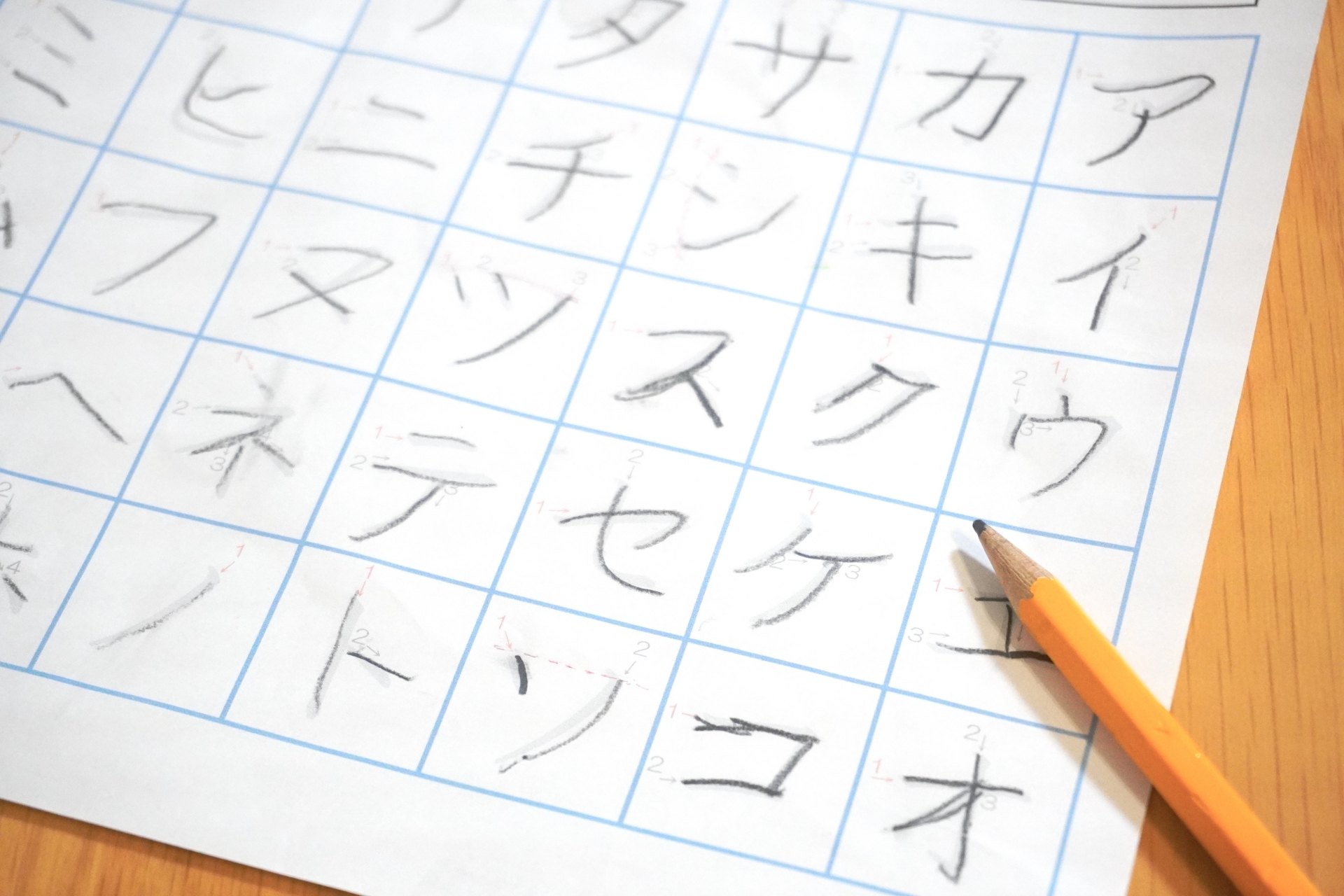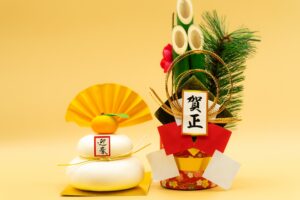Katakana is one of the three scripts used in the Japanese writing system, primarily for foreign words, names, and technical terms. Whether you are a beginner learning Japanese or someone looking to refine your skills, understanding katakana is crucial. This guide will provide you with a detailed overview, learning strategies, and advanced insights to help you master katakana effectively.
What is Katakana?
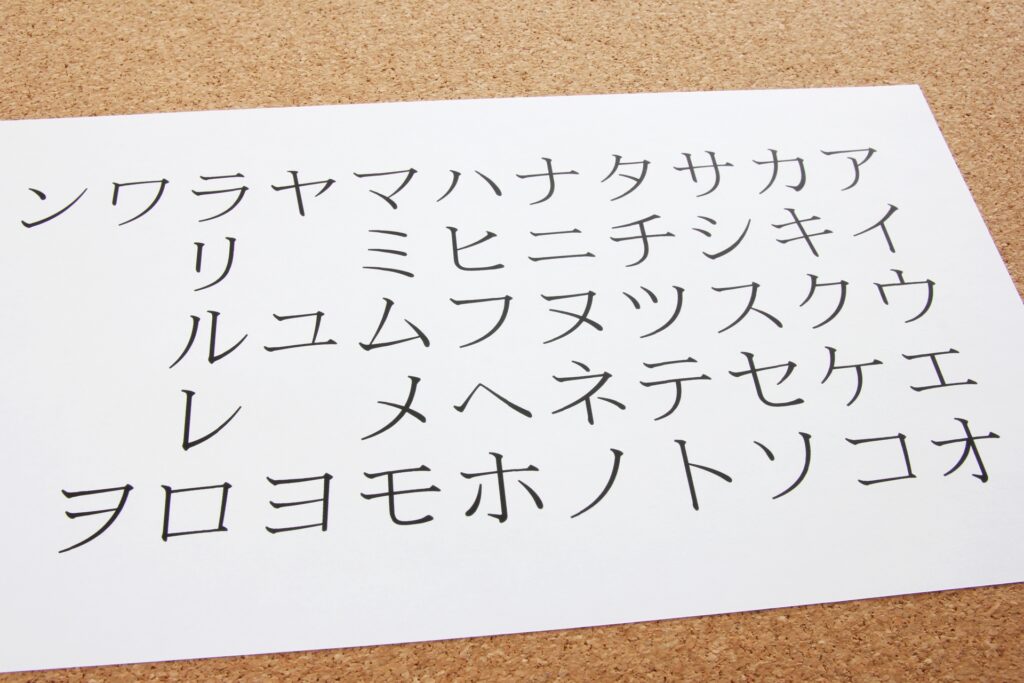
Katakana is one of the three scripts used in the Japanese writing system, the other two being hiragana and kanji. It is characterized by its angular and straight-line shapes, making it distinct from the more curved hiragana. Katakana is primarily used for foreign words, names, onomatopoeia, and technical and scientific terms. Its unique role in the Japanese writing system complements hiragana and kanji, allowing for a flexible and nuanced written language. Understanding katakana is essential for anyone learning Japanese, as it often appears in everyday contexts, from menus to media.
The History and Evolution of Katakana
Katakana originated from the simplification of complex kanji characters by Buddhist monks in the 9th century. Initially used as a form of shorthand in religious texts, it gradually evolved into a standardized script. Over the centuries, katakana’s use expanded beyond religious contexts to include official documents and literature. By the Meiji era (1868-1912), katakana had become integral to modern Japanese, especially for incorporating foreign words. Its evolution reflects Japan’s historical interactions with other cultures and its adaptation to technological and scientific advancements.
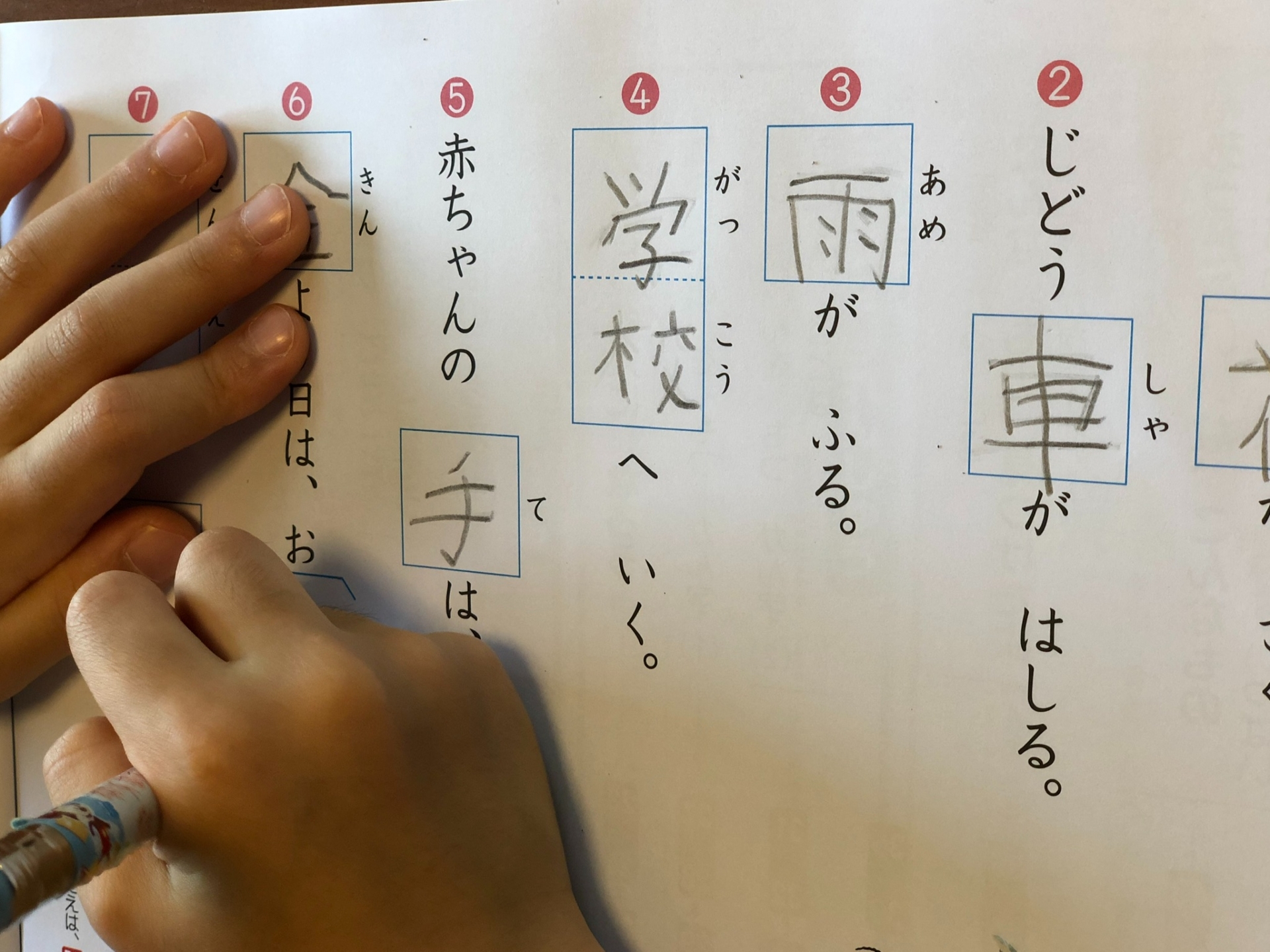
How to Read and Write Katakana

To read and write katakana, start with the katakana chart, which consists of 46 basic characters, each representing a syllable. Here’s a simplified guide:
- ア (a)
- イ (i)
- ウ (u)
- エ (e)
- オ (o)
Practice writing each character by following stroke order guides. Consistent practice is key to memorizing katakana. Use flashcards, repetition, and writing exercises to reinforce your learning. A common method is to write each character ten times while saying the sound aloud, aiding muscle memory and auditory recognition.
Tips for Mastering Katakana Quickly
Effective strategies for mastering katakana include:
- Mnemonics: Create visual or auditory associations with each character. For example, imagine the character シ (shi) as a ‘she’ with long hair.
- Flashcards: Use physical or digital flashcards to test your memory. Apps like Anki can be particularly helpful.
- Repetition: Regularly practice reading and writing katakana to reinforce your skills.
- Interactive Games: Utilize online games and quizzes that focus on katakana practice.
- Avoid Common Pitfalls: Pay attention to similar-looking characters like シ (shi) and ツ (tsu) to avoid confusion.
Practical Uses of Katakana in Daily Life
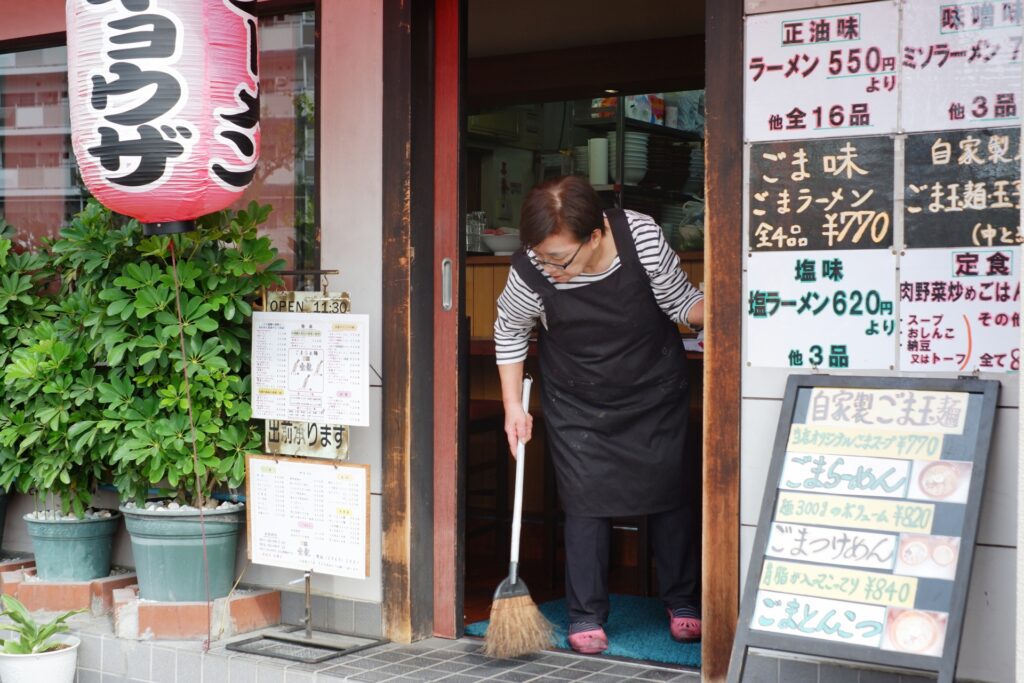
Katakana is ubiquitous in Japan, used in various practical contexts:
- Foreign Words: English and other foreign words are transcribed into katakana. For example, “coffee” becomes コーヒー (kōhī).
- Names: Foreign names are written in katakana, such as ジョン (John).
- Menus: Many menu items in restaurants are written in katakana, making it essential for reading food items.
- Signage: Public signs, especially those targeting foreigners, often use katakana for clarity.
Katakana in Technology and Advertising
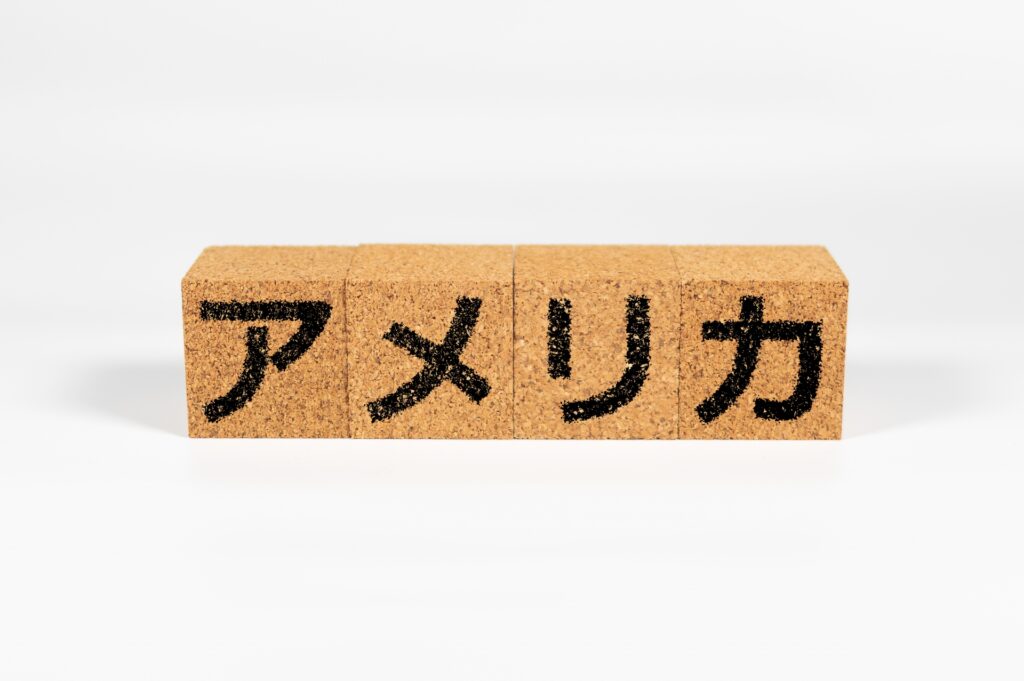
In modern Japan, katakana plays a significant role in technology and advertising:
- Brand Names: Many brands use katakana to stand out and appear modern. For example, ソニー (Sony) and パナソニック (Panasonic).
- Product Names: Katakana is often used for product names to make them more appealing and easier to remember.
- Tech Terms: Many technical terms, such as コンピュータ (computer) and インターネット (internet), are written in katakana.
Advanced Applications of Katakana
Beyond everyday use, katakana has advanced applications in various fields:
- Scientific Terminology: Many scientific terms are written in katakana to standardize and simplify complex kanji.
- Literature: Katakana can be used stylistically in literature to convey foreignness or emphasis.
- International Contexts: In international trade and communication, katakana is used to write foreign names and terms, ensuring clear and consistent representation.
Common Mistakes and How to Avoid Them
Common mistakes in learning katakana include confusing similar characters and improper stroke order. Here’s how to avoid them:
- Similar Characters: Practice differentiating characters like シ (shi) and ツ (tsu) by writing and reading them in context.
- Stroke Order: Follow stroke order guidelines strictly to develop correct writing habits. Incorrect stroke order can lead to illegible writing.
- Consistent Practice: Regular practice helps solidify recognition and writing skills, reducing mistakes over time.
Interactive Katakana Learning Tools
Various tools and resources can enhance your katakana learning experience:
- Apps: Apps like LingoDeer and Anki offer interactive lessons and flashcards for katakana practice.
- Online Games: Websites like Tofugu and JapanesePod101 provide games and quizzes to make learning fun and engaging.
- Practice Sheets: Printable practice sheets allow for hands-on writing practice. Regular use can significantly improve writing speed and accuracy.
- Videos: Educational videos on YouTube offer visual and auditory learning aids, helping reinforce recognition and pronunciation.
By incorporating these tools and strategies into your study routine, you can master katakana effectively and confidently.

